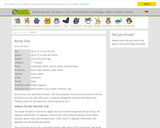
Animal fact sheet
- Subject:
- Life Science
- Zoology
- Material Type:
- Reading
- Date Added:
- 10/30/2018

Animal fact sheet
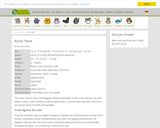
Animal fact sheet
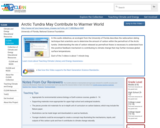
In this audio slideshow, an ecologist from the University of Florida describes the radiocarbon dating technique that scientists use to determine the amount of carbon within the permafrost of the Arctic tundra. Understanding the rate of carbon released as permafrost thaws is necessary to understand how this positive feedback mechanism is contributing to climate change that may further increase global surface temperatures.
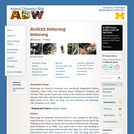
Arctictis binturong: Information
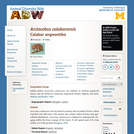
Arctocebus calabarensis: Information
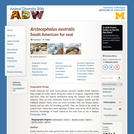
Arctocephalus australis: Information

Arctocephalus forsteri: Information
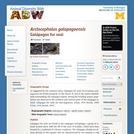
Arctocephalus galapagoensis: Information
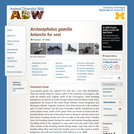
Arctocephalus gazella: Information
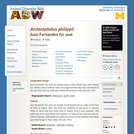
Arctocephalus philippii: Information
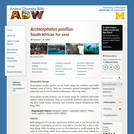
Arctocephalus pusillus: Information
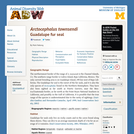
Arctocephalus townsendi: Information

Arctocephalus tropicalis: Information
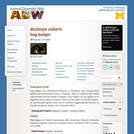
Arctonyx collaris: Information
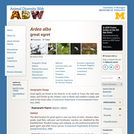
Ardea alba: Information
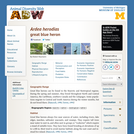
Ardea herodias: Information

Recent research in psychology has highlighted a number of replication problems in the discipline, with publication bias – the preference for publishing original and positive results, and a resistance to publishing negative results and replications- identified as one reason for replication failure. However, little empirical research exists to demonstrate that journals explicitly refuse to publish replications. We reviewed the instructions to authors and the published aims of 1151 psychology journals and examined whether they indicated that replications were permitted and accepted. We also examined whether journal practices differed across branches of the discipline, and whether editorial practices differed between low and high impact journals. Thirty three journals (3%) stated in their aims or instructions to authors that they accepted replications. There was no difference between high and low impact journals. The implications of these findings for psychology are discussed.

This resource is a video abstract of a research paper created by Research Square on behalf of its authors. It provides a synopsis that's easy to understand, and can be used to introduce the topics it covers to students, researchers, and the general public. The video's transcript is also provided in full, with a portion provided below for preview:
"The TAM subfamily of receptor kinases has been implicated in tumor development and progression. Their roles in efferocytosis, regulation of immune cells, secretion of inflammatory factors, and epithelial-to-mesenchymal transition make them key players in tumor development and progression. But TAM signaling is not always beneficial to tumor growth. In glioblastoma (GBM), the most prevalent and lethal primary brain tumor in adults it appears that TAM receptors may also have anti-tumor effects. While upregulation of TAM signaling is usually associated with GBM development, progression, and poor prognosis, TAM receptors may also activate pathways that trigger anti-tumor immune responses and their immunosuppressive role in the tumor microenvironment may obstruct GBM progression..."
The rest of the transcript, along with a link to the research itself, is available on the resource itself.
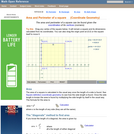
An interactive applet and associated web page showing how to find the area and perimeter of a square from the coordinates of its vertices. The square can be either parallel to the axes or rotated. The grid and coordinates can be turned on and off. The area and perimeter calculation can be turned off to permit class exercises and then turned back on the verify the answers. The applet can be printed as it appears on the screen to make handouts. The web page has a full description of the method for determining area and perimeter, a worked example and has links to other pages relating to coordinate geometry. Applet can be enlarged to full screen size for use with a classroom projector. This resource is a component of the Math Open Reference Interactive Geometry textbook project at http://www.mathopenref.com.

An interactive applet and associated web page that demonstrate the area of a circle. A circle is shown with a point on the circumference that can be dragged to resize the circle. As the circle is resized, the radius and the area computation is shown changing in real time. The radius and formula can be hidden for class discussion. Applet can be enlarged to full screen size for use with a classroom projector. This resource is a component of the Math Open Reference Interactive Geometry textbook project at http://www.mathopenref.com.